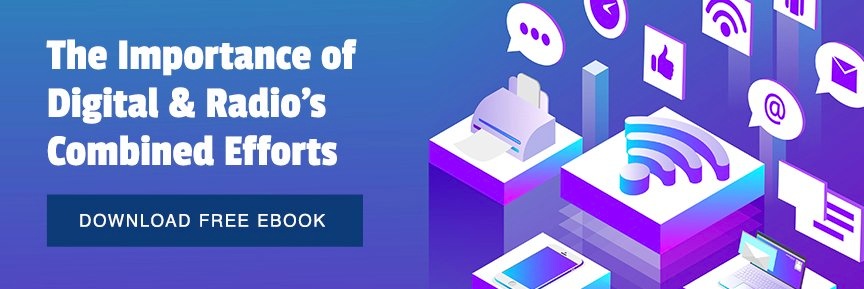Advertisements online are everywhere, and anyone who has searched for something online has been targeted by an ad at some point.
But the old method of targeting ads to people isn’t as effective as it once was.
Many consumers have become digitally savvy enough to outright ignore these ads, or the ads are delivered at the wrong time to the target audience, and they have no effect.
That’s where unsegmented data comes in. Let’s take a look at how traditional targeted ads work and how unsegmented data is the future of digital advertising.
Online targeted ads have been around since 1995, and they’ve only gotten more sophisticated as time has gone on.
Ads are targeted to audiences through the interactions they have online. For example, when a person starts researching online for a new car, they will begin to see ads related to cars for sale.
Our activities are tracked across the internet using cookies that are stored on your computer. Cookies store information about things like your browsing history and what’s in your shopping cart.
Your search history and your public social media pages can also be used to collect information about you.
Ads can also follow you across devices. They use algorithms — dubbed probabilistic matching — that analyze the types of sites you’re visiting, your location and your habits in order to match you to a known user in their databases. These models don’t get it right 100% of the time, but they’re surprisingly accurate.
All this information is used to build a profile about you as an audience member and what potential segments you fit into for advertisers.
That profile is put into a database. Data brokers will create categories of potential audiences using the data they’ve collected. They then sell those profiles to companies for advertising purposes to target specific audiences.
That data that’s collected about you is considered segmented — that data easily fits into predefined cells in Excel that can be exported into useful information. The data becomes organized into neat little packages that fit certain profiles, which get sold by the data brokers. For example, young people who listen to country music and live in a 25 mile radius of Elkhart, IN.
Most of the targeted ads that are out on the internet are using this segmented data. The problem is that this type of advertising can waste valuable impressions on irrelevant audiences or be delivered to them in an untimely manner.
But most of the information on the internet is in the form of unstructured data: emails, photos, text files, audio files, blog posts, open-ended survey answers, etc. Because it’s unstructured — an entire sentence isn’t as usable in a single Excel cell as a single piece of datum like an age — it’s much more difficult to use.
But it’s also much more useful. Unstructured data contains a much more detailed picture of who a user is. It allows an advertiser to have a complete profile and select all the data points they find relevant to their ads, instead of relying on prepackaged profiles from data brokers.
Unsegmented data allows for more timely and precise targeted ads. No more sending ads for maternity clothes to moms six months after their baby was born.
Breaking down unsegmented data is really difficult. It’s an emerging area of marketing that’s being pioneered by companies like Simpli.fi, and it’s sure to be the future of the industry.
To learn more about how to effectively use unstructured data to benefit your marketing strategy, read How Using Unstructured Data for Your Programmatic Ads Successfully Target Your Core Audience by Federated Digital Solutions.

